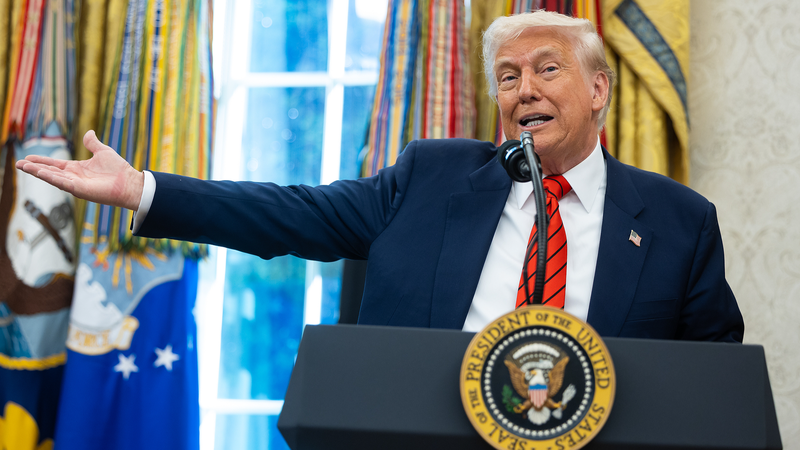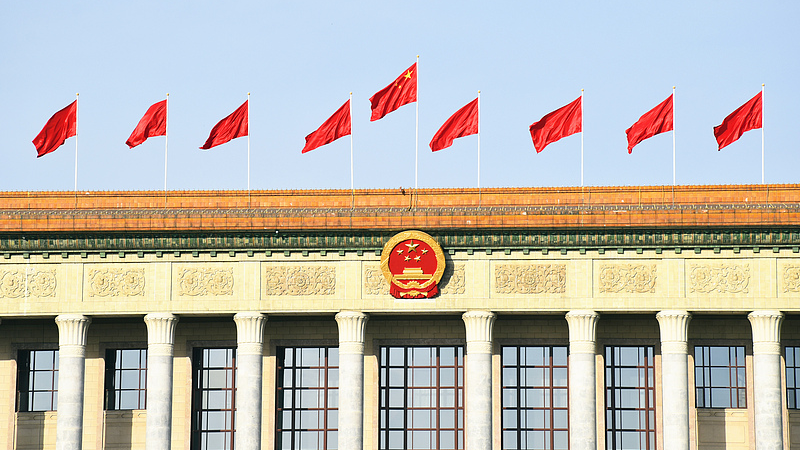Donald Trump's recent Gulf tour was more than a series of diplomatic meetings. From May 13 to 16, the U.S. leader visited Saudi Arabia, the UAE, and Qatar, signaling a bold pivot in U.S. Middle East strategy. Instead of relying solely on military might, the focus is shifting toward dynamic economic partnerships and robust regional diplomacy.
At the heart of the trip was an economic re-engagement. In a move designed to attract substantial foreign investments, the U.S. unveiled a "fast track" process to streamline deals with allied nations. Notably, the UAE announced plans to invest $1.4 trillion in the U.S. over the next decade—a commitment that highlights the deepening economic ties.
In parallel, a $3.5 billion arms deal with Saudi Arabia, involving advanced air-to-air missiles and support equipment, pointed to a strategic intertwining of defense and economic interests. Additionally, a Gulf-U.S. summit in Riyadh brought key leaders together to discuss pressing regional challenges, from the humanitarian crisis in Gaza to post-conflict recovery in Syria.
A symbolic twist on this tour is the shift to using the term "Arabian Gulf" instead of the traditional "Persian Gulf." This subtle change aims to further consolidate ties with Arab allies, even as it stokes debates over regional identity. Meanwhile, initiatives to bolster ties with Israel—especially through reaffirming commitments like the Abraham Accords—suggest a recalibrated approach to fostering broader cooperation across the region.
By leaning into economic influence and strategic diplomacy, Trump's tour reflects a broader trend in U.S. foreign policy—one that favors soft power and multilateral engagements over sheer military dominance. It's a refreshing remix of traditional strategies that resonates with a digitally savvy, young global audience. 🎶🌍
Reference(s):
Trump's Gulf tour signals strategic realignment in Middle East policy
cgtn.com




